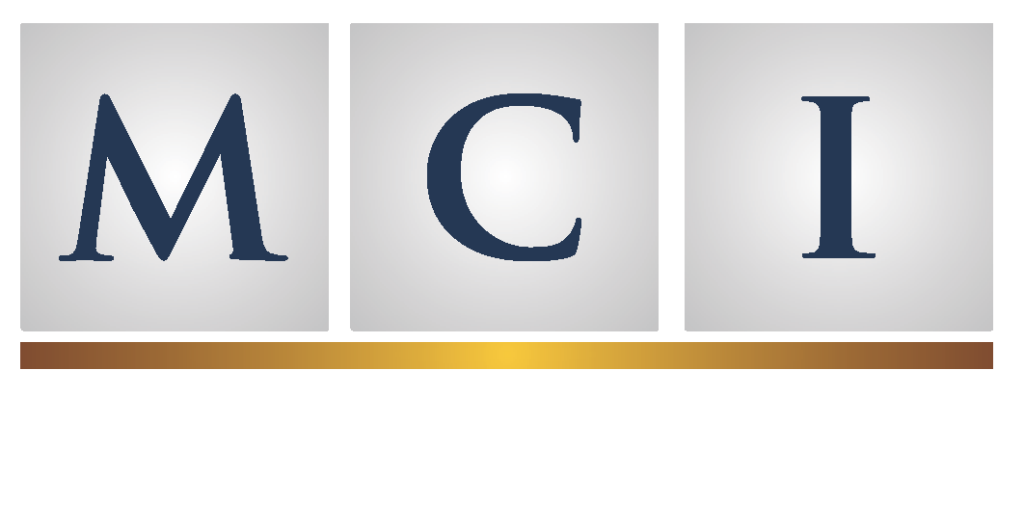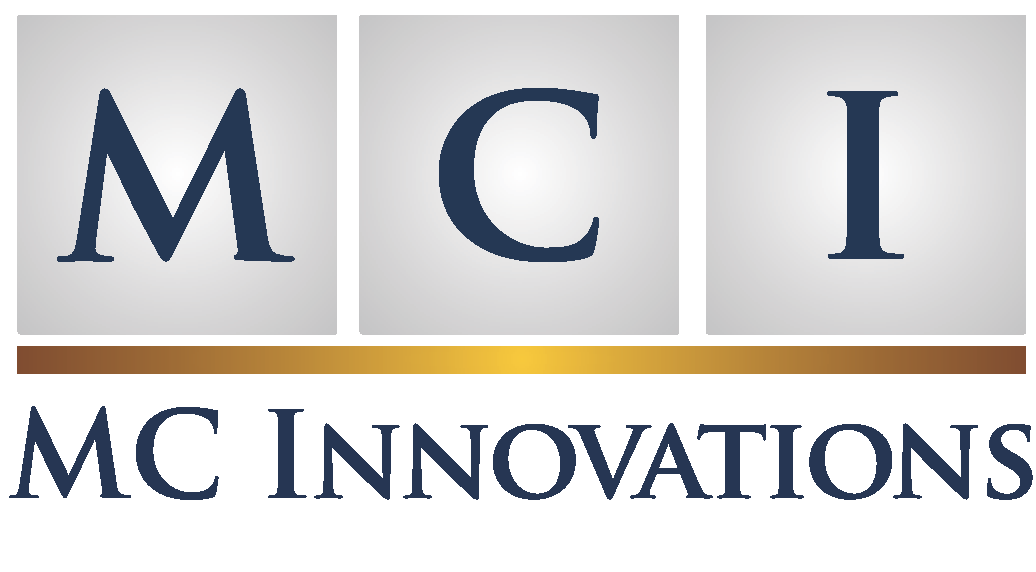
The School of Hard Knocks
The School of Hard Knocks
We all learn something new every day. In fact, I’m sure many have heard the saying “Never stop learning because life never stops teaching.” This isn’t exclusive to our personal lives. We are in a constant state of learning professionally as well. And this learning is across the board, it isn’t limited to one field. Oftentimes, lessons being learned in companies that seemingly have no correlation with your company can lead to thought-provoking revelations in your own field. Let’s look at an example.

An Alaska Airlines flight performed an emergency landing on January 5, 2024, when a portion of the Boeing 737 Max 9 aircraft’s fuselage experienced structural failure. For reference, the purchaser has the option of adding an emergency evacuation exit at this spot in the fuselage. In the case of Alaska Airlines, they chose not to make this an exit so the subcontractor responsible for the construction of the airplane replaced the exit with a plug to seal the opening. This is where the hard lesson is learned.
Over the past decade, Boeing diversified its aircraft production process by employing subcontractors to build component parts of the aircraft, and Boeing assumed the role and responsibility of the final assembly. This responsibility included the work product of the subcontractor.
Unfortunately, when it came to the Boeing 737 Max 9 airplane used by Alaska Airlines, initial reports showed that the plug was missing key components, including securing bolts and nuts. Because it is unknown if other 737 Max 9 airplanes have similar issues, the fleet has been grounded until further inspections have been completed.
There are many fields that use subcontractors and while the use of subcontractors is an economic decision made by the general contractor overseeing the entire process, the general contractor is responsible for assuring quality control. In the case of Boeing, if the initial report of missing parts is correct, then Boeing as the general contractor should have identified the problem during the final assembly of the aircraft. Similarly, it is no different from purchasing a car, discovering a problem with that car and then discovering the deficiency was a result of the subcontractors’ doing. Wouldn’t you look to the manufacturer to correct the problem and not the subcontractor that produced the defective part?
It is the same with MC Innovations. Our Total Program Management – or TPM – program uses a general contractor model to provide administrative services to its self-insured property, casualty, and liability clients. With few exceptions, MCI uses subcontractors to provide the package of services required by our clients. Our directive is for the MCI Team to provide the services the MCI client requires and not expect the client to accommodate the structured service of the contractor. While MCI will hold its subcontractors responsible for failure to comply, it is ultimately MCI’s responsibility to prevent such incidents. MCI’s two largest clients have operated under the TPM umbrella for over 25 years, proving our services are able to meet the unique needs of our clients.

The problem in today’s example is that of a management control issue. MCI has almost 30 years of experience in management control of risk management programs. You can trust that when we are the general contractor of your program, we will ensure that all subcontracting providers will adhere to our standards.
MCI can provide you with insight on a program customized to your needs with processes in place that assure you receive services expected rather than services that require you to make changes to meet your needs. Email us at info@mcinnovations.com for more information.

Managed Programs... Managed Better
Experts in Risk
Management Consulting
Address
5540 Falmouth Street
Suite 203
Richmond, VA 23230



